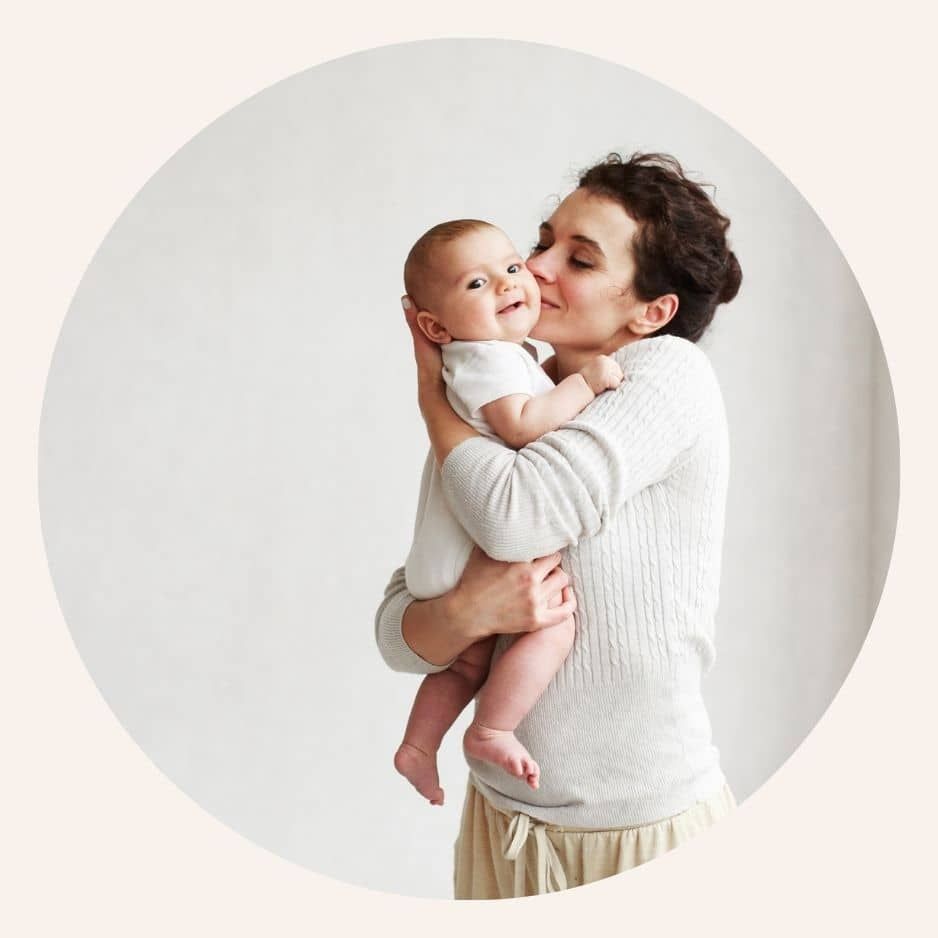Exploring Feeding Positions: How make latching comfortable.

If you are breast or chestfeeding your baby, you have probably wondered which position is best for you and your baby. Trying to figure this out often seems like a test you are supposed to pass or fail to be “good” at latching. You may have also been shown a specific way to latch in the hospital that worked for you at the time but isn’t working now that you’re home, and that’s making feeding feel awkward.
If this sounds like you, you’re in the right place. In this blog, I’ll walk you through different feeding positions and how you can experiment to make them work for your body.
Before we jump into specific details, here are 4 truths about all latching positions you should know first.
4 Truths About Latching Positions
#1: All latching positions are suggestions.
#2: Your latching position should work with your anatomy.
#3: Your latching positions should feel comfortable, start to finish.
#4: Your baby’s reflexes are the same no matter what position you use.
The Football Hold
This hold is often taught first in hospitals and is where you cradle your baby in the crook of your arm and position them on the side of your body, much like a running back would hold a football, hence the name.
If you have had a C-section and want to be able to keep your baby (and their tiny kicking baby feet) off your abdomen while your wound is healing, this is a great position for you. It’s also a great position if you have large breasts or chests and want to be able to see your baby’s face while you are both getting the hang of latching, which makes it easier to get their positioning just right for a deeper latch.

Experimenting with the Football Hold
⭐️ Experiment with how high or low your baby is by adding or removing pillows, so they are at the same approximate height of where your breast (or chest) naturally rests.
⭐️ Adjust the angle of your baby so they are less flat and more upright when feeding. This is particularly helpful for older or longer babies.
⭐️ Change the angle of your body so that you are upright or reclined instead of leaning forward to help reduce discomfort in your upper shoulders.
The Cradle/Cross-Cradle Hold
The cradle and cross-cradle holds are very similar. The main difference is which arm you use to hold your baby. If you are using the arm closest to their head to snuggle them in, that’s the cradle hold. If you switch arms, it becomes the cross-cradle hold.

Final Thoughts
No matter how you latch your baby, you aren’t doing it wrong—it just may not be the most effective latching position for your baby and your body. If you have experimented with different positions and can’t figure out how to make this comfortable for you or your baby, a good lactation consultant can help you figure out how to make latching feel good for both of you.


